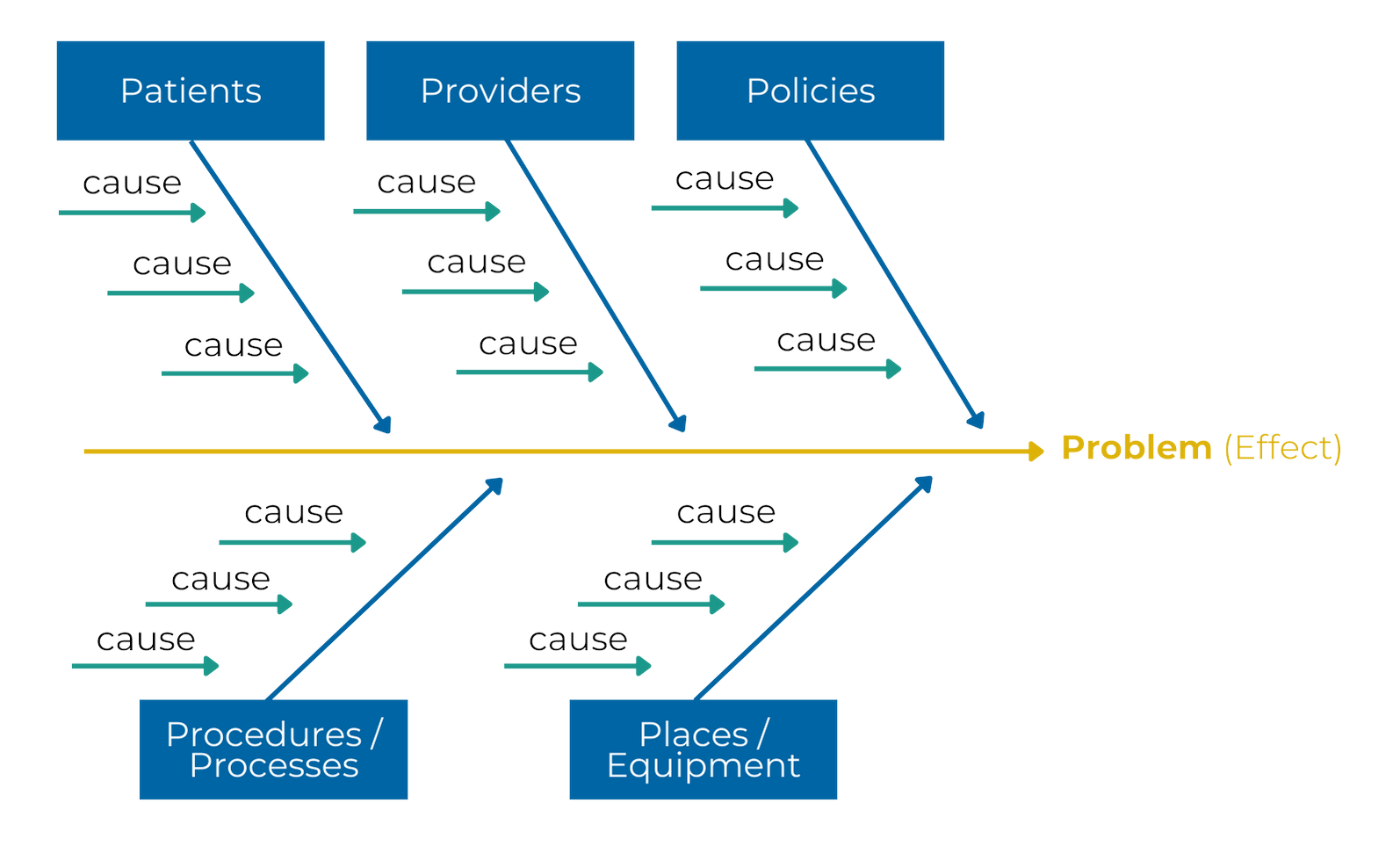Many clinics struggle with patients missing appointments without notification, also known as ‘no-shows’.
Why no-shows are problematic:
- the patient who ‘no-shows’ does not receive potentially important care
- another patient who could have been seen in that appointment slot may not receive care from their own physician or care team that day
- lost revenue
DID YOU KNOW?
When reasons for missed appointments have been studied, approximately 50% of patients simply forgot about the appointment or forgot to phone and cancel.
When asked, some of those patients reported they weren’t aware cancelling was required, while others reported they couldn’t get through to the clinic phone line.
Other primary reasons reported for non-attendance include:
- felt better (issue resolved)
- work and family obligations
- conflicting medical appointments elsewhere
- transportation issues
- too ill to come in
To reduce no shows:
-
Understand the problem
- What is our baseline no-show rate?
- If your rate is consistently low, no shows may not be where you want to focus your improvement work!
- Why are no shows happening? What factors (patient- and clinic-related) are contributing? Would a brief patient survey be helpful?
- Consider doing a ‘Fishbone diagram’ (see example below) to gain a better understanding of the root causes of no-shows.
-
Set an aim
- What is your goal for no shows?
- When will you reach it?
Example: We will decrease our average monthly no show rate from 18% to 8% by January 1.
-
Test changes
- Discuss what changes to test (through Plan-Do-Study-Act cycles) that may result in improvement.
- How will you know if the changes are resulting in improvement?
Fishbone diagram

Principles to address no-show rates:
- The further out appointments are booked, the greater the likelihood that patients will forget, seek care elsewhere, or the problem will resolve before the appointment.
- Working on reducing TNA (third next available) appointment rates can help alleviate booking challenges.
- Reminders can make a big difference – phone, text or email. o Patient permission is required for text and email reminders.
- A small number of patients may need extra reminders or an alternative appointment approach.
- Example: create an EMR reminder or have a specific process for this small subset of patients.
- Consider booking these patients when it will be least disruptive to the flow of the day (e.g., late afternoon).
- It’s important to have a no-show policy and ensure that patients and clinic team members are aware of it.
- No show fees can be a deterrent; however, they can also create challenges, so views on them are mixed.
- If the clinic policy includes a no-show fee, some recommendations include:
- Ensure that the fee is reasonable, especially for patients with socio-economic challenges.
- Be clear with staff about how to enforce – e.g., warn twice, then charge after 3 missed appointments.
- If there are exceptions or exemptions (e.g., influenza-like symptoms), be clear and consistent.
- If short notice cancellations are made (i.e., influenza-like symptoms), consider having a process for providing alternative care (e.g., virtual appointment).
- Determine and communicate what will happen if fine payments are not made.
- When booking, remind patients about the clinic’s cancellation policy.
- Research has shown that patients are more likely to comply if they are asked to confirm that they will contact the clinic if they need to cancel an appointment.
Sample Scripts
“We have you booked for an appointment with Dr. Smith at 9:15 on Wednesday, September 3rd. If for some reason you can’t make it, we want to make sure that spot will be available for other patients who need an appointment. Will you phone and give us as much notice as possible to cancel if you can’t make it? Thank you, we really appreciate that. And just as a reminder, we do have a standard cancellation policy with a fine of $__ after 3 missed appointments without notification.”
Considerations:
- Having a simple cancellation process makes it easy for patients to ‘do the right thing’.
- Many patients are more inclined to inform the clinic of a cancellation if they can leave a message on a ‘cancellation line’ or via an online booking site versus phoning and speaking to reception.
- When patients ‘no show’, calling to reschedule with them right away prevents patients from not seeking care due to guilt or embarrassment, and sets the stage for a relationship of trust that may prevent future incidents
In non-accusatory tone: "Hi, is this (patient)? This is Susan calling from Dr. Smith’s office. We just wanted to check in with you. We had you scheduled for an 11 a.m. appointment today and didn't see you. You may be on your way and running a little late, but if not, we want to make sure you get the care you need as soon as possible. Would you like to re-book?”
